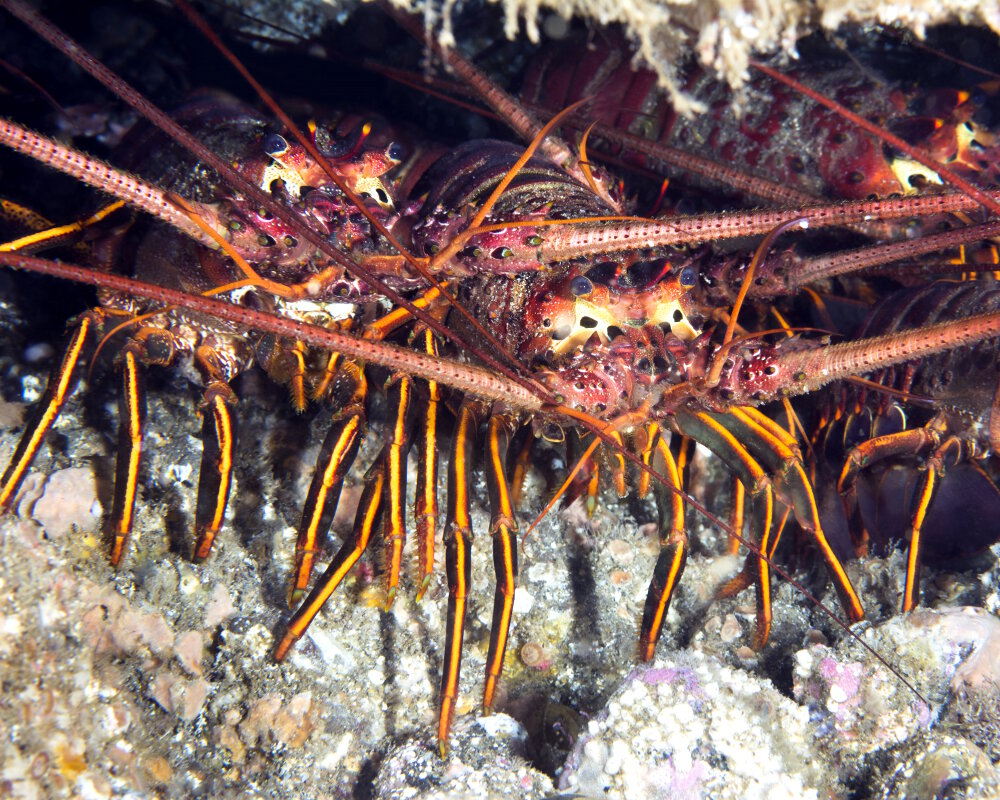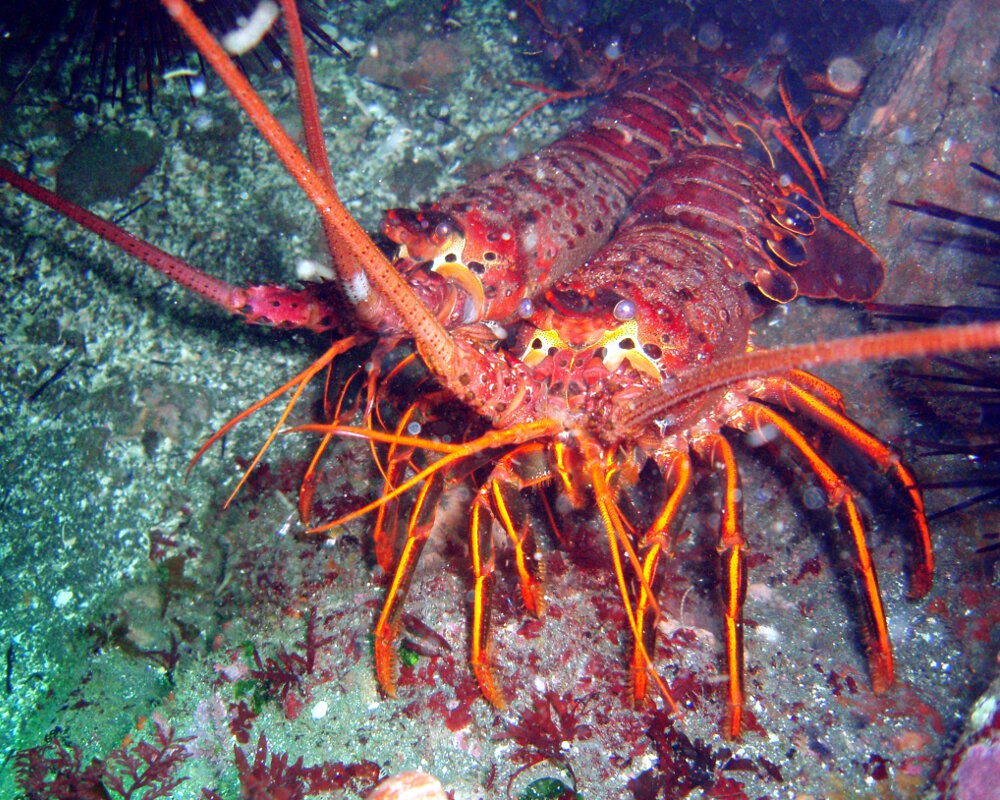Sealife guideThe California spiny lobsterPanulirus interruptus
Last updated on 03/07/2025 at 11:54 PM
Taxonomy
- Common name: California spiny lobster, red lobster
- French name: Langouste mexicaine, langouste de Californie
- Scientific name: Panulirus interruptus (Randall, 1840)
- Family name: Panuliridae
- Order name: Decapoda
- Class name: The crustaceans [Malacostraca]
Description
The California spiny lobster has an elongated body and a hard exoskeleton, usually brown in color with yellow or orange patterns. It is distinguished by its long, spiny antennae which play a crucial role in its movement and in detecting surrounding objects.
Geographic range
The California spiny lobster inhabits the temperate waters along the eastern coast of the Pacific ocean, particularly those of California and the Gulf of California. It is also found around the islands of Baja California and the Sea of Cortez.
Habitat
The California spiny lobster is primarily found on rocky bottoms and coral reefs between 16 and 213 feet deep, where it can hide in crevices or caves to protect itself from predators.
Diet
The California lobster feeds on benthic invertebrates and
mollusks.
Unlike lobsters, they do not have claws, which makes them more vulnerable to predators.
Reproduction
The reproduction of the California spiny lobster is sexual, with a breeding season typically extending from spring to fall. Females carry their eggs under their abdomen until they hatch. The young larvae go through several developmental stages before settling on the seafloor and metamorphosing into adults.
Did you know ?
The California lobster is of great importance to commercial fishing, particularly in California, where it is a major food resource. The fishing of California lobsters is strictly regulated to ensure the sustainability of the population, with limited fishing seasons, especially to avoid reproduction periods and minimum capture sizes to preserve the development of young lobster generations.
Within the same genus
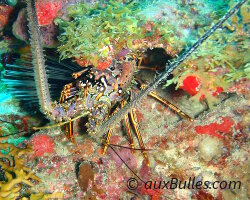
Caribbean spiny lobster
(Panulirus argus)
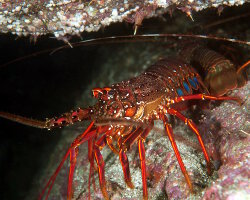
Japanese crayfish
(Panulirus japonicus)
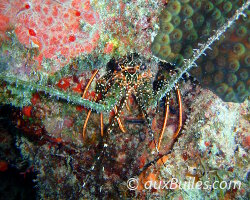
Spotted spiny lobster
(Panulirus guttatus)
Within the same family
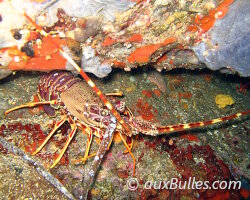
European spiny lobster
(Palinurus elephas)
Discover also
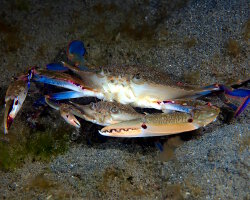
Blue swimmer crab
(Portunus pelagicus)
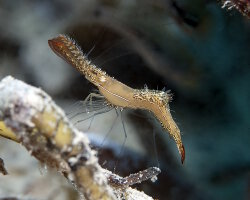
Donald duck shrimp
(Leander plumosus)
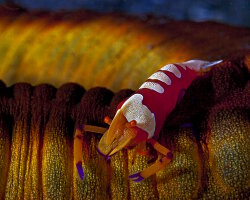
Emperor shrimp
(Zenopontonia rex)
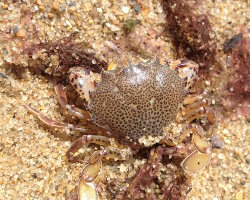
Leopard-spotted crab
(Ovalipes ocellatus)
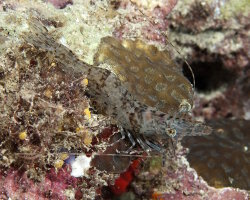
Long arm prawn
(Heteropenaeus longimanus)

Mediterranean spider crab
(Maja squinado)
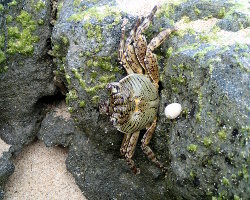
Mottled lightfoot crab
(Grapsus albolineatus)
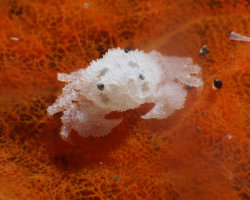
Pearl granulate purse crab
(Heteronucia perlata)
The marine species from eastern Pacific ocean
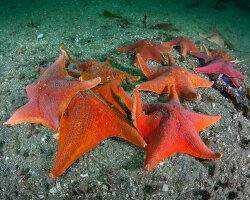
Bat sea star
(Patiria miniata)
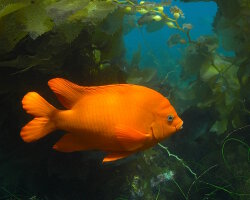
Garibaldi
(Hypsypops rubicundus)
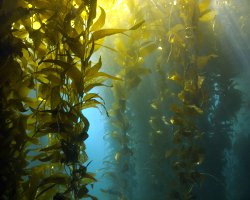
Giant kelp
(Macrocystis pyrifera)
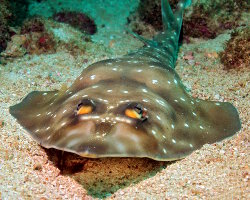
Gorgona guitarfish
(Pseudobatos prahli)
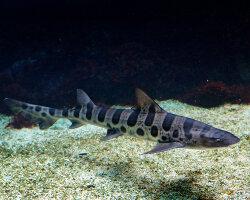
Leopard shark
(Triakis semifasciata)
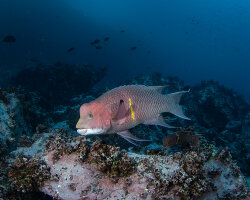
Mexican hogfish
(Bodianus diplotaenia)
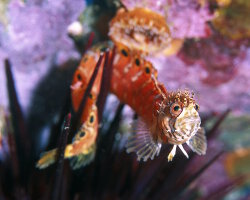
Mosshead warbonnet
(Chirolophis nugator)
Our latestUpdates

Wednesday, November 19th 2025
Tenerife island
Tenerife, the largest of the Canary islands, is a volcanic gem in the Atlantic ocean. It boasts an incredible variety of landscapes, from golden or black sand beaches to the subtropical forests of the Anaga mountains and the majestic Teide volcano, Spain's highest peak. With its picturesque villages, rich local culture and countless outdoor activities, Tenerife is a perfect destination for every type of traveler.

Saturday, November 15th 2025
Batz island
Located in the English Channel off the northern coast of Brittany, just a few kilometers from the town of Roscoff, Batz island is a true little haven of peace where you can enjoy its wild landscapes, unspoiled beaches and historical heritage.
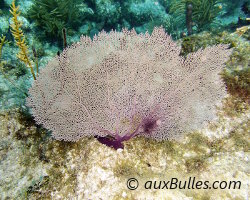
Friday, November 7th 2025
The common sea fan
The common sea fan, is a type of soft coral found in the warm, shallow waters of the Caribbean and the western Atlantic ocean. It grows in wide, fan-shaped forms that sway gently with the ocean currents, helping it catch tiny food particles drifting by. Its beautiful purple branches are covered by a thin living tissue that hosts tiny algae, which provide much of the coral's energy through sunlight.
Photo of the Day
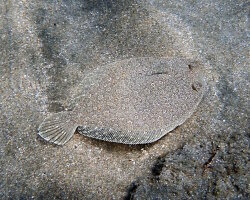
Rombou
(Bothus podas)








